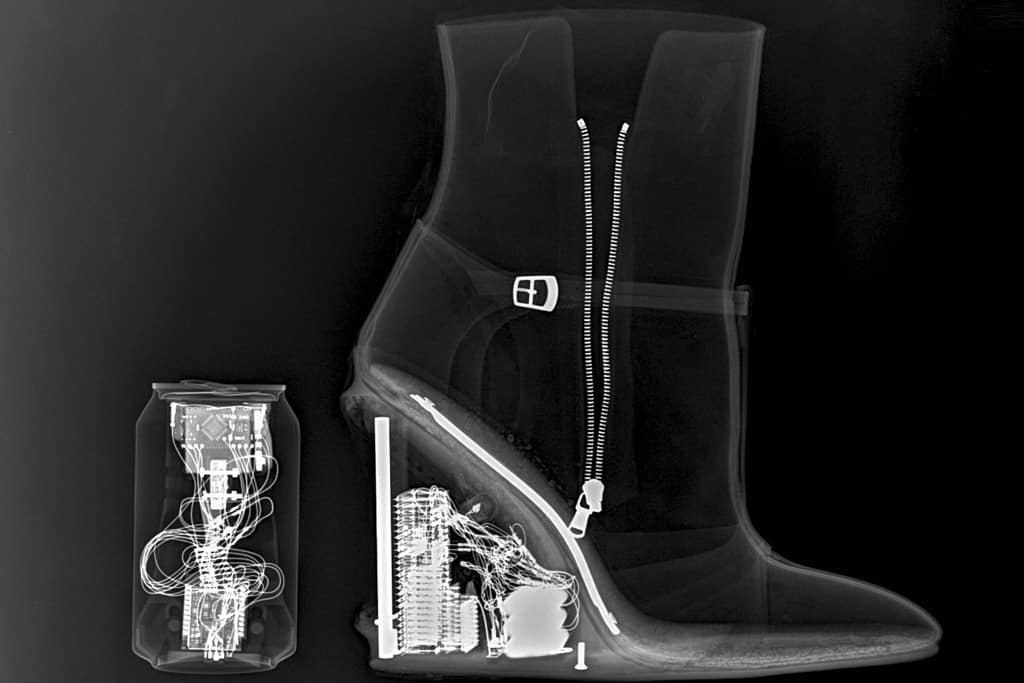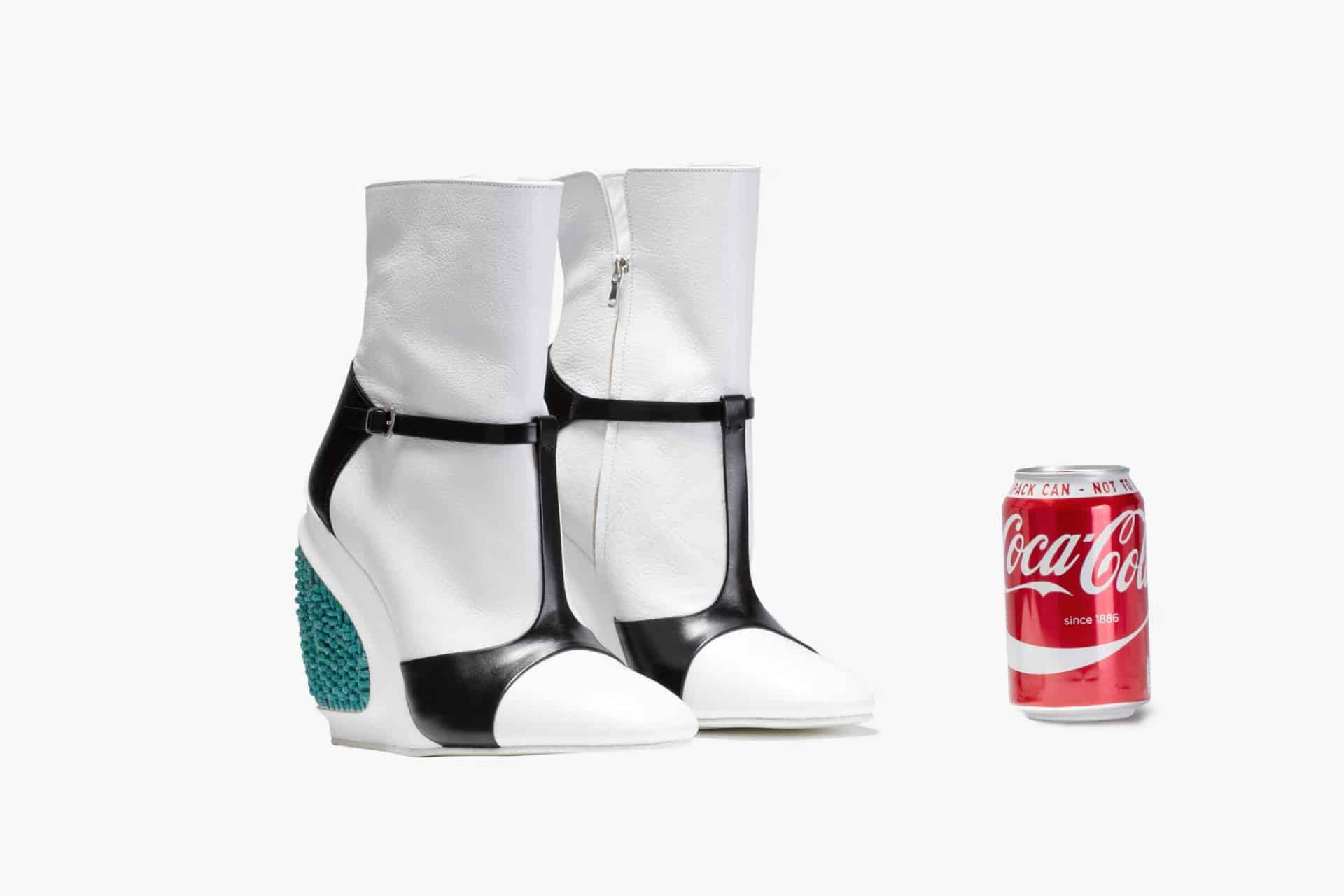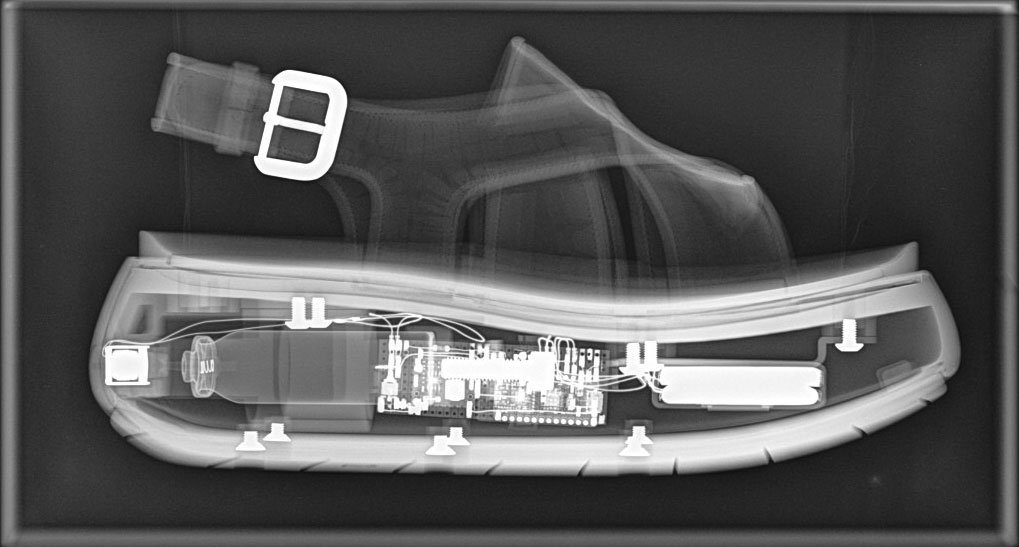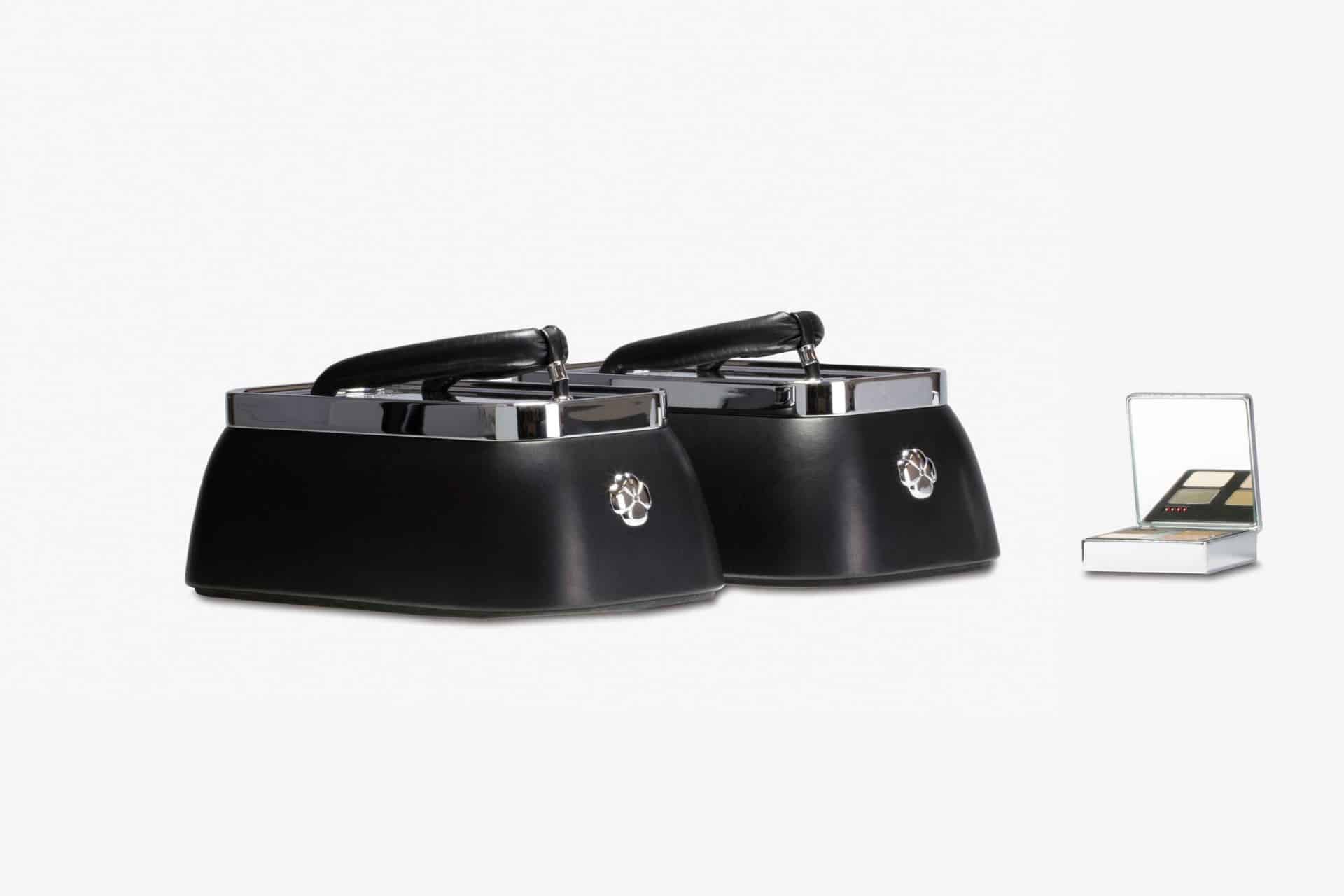Espionage and shoes: Laboratory 12 at Fashion Space
 Fashion Space Gallery at LCF launches Laboratory 12, an exhibition by the gallery’s first design resident, Benjamin John Hall. Part shoe-maker, part inventor, Hall produces conceptual footwear, handmade in London after lengthy development and research.
Fashion Space Gallery at LCF launches Laboratory 12, an exhibition by the gallery’s first design resident, Benjamin John Hall. Part shoe-maker, part inventor, Hall produces conceptual footwear, handmade in London after lengthy development and research.
In Laboratory 12, Hall explores notions of geopolitical power and espionage through footwear. ‘I've been involved in shoes since I was 19. My work is usually quite thought-based or conceptual so footwear has become a natural medium for me to express ideas,’ says Hall.
‘Geopolitics is particularly interesting to me. There is a theory that states are like organisms; similar to Darwin’s theory of survival of the fittest, if they’re not actively growing, they’re actively diminishing. This is central to one of the questions I pose: "How far should or would your government go to secure its best interests?”'

His starting point is the assassination of Alexander Litvinenko in 2006. ‘[The Litvinenko story] was a stark example of the power of governments where rules can be easily bent,’ says Hall. ‘We think we live in a democracy where there is right and wrong and there are laws to abide to but, unfortunately, they don't apply to everyone.’
‘Laboratory 12’ refers to the KGB’s secret poison laboratory tasked with developing colourless, tasteless, odourless poisons. One such poison, Polonium, was identified as Litvinenko’s cause of death.
Each of the seven pairs of shoes in the exhibition is named for and explores a different espionage technique. X-ray imagery reveals each shoe’s inner workings. The Kompromat, for example, is made of white goat leather with gunpowder fuse trim and printed components; the internal design includes an electric match heel and Coke can detonator, making a pair of alluring ankle boots - and a bomb.
Hall was particularly surprised by psychological warfare employed by the Stasi, the East German secret police. 'The technique was specifically developed by psychologists as a means to actively control the general population,’ says Hall.

‘A task force would set out to infiltrate your life in order to stop you rebelling against the state - and it may be through something as simple as organising a pipe to burst in the flat above and flooding your residence. The idea was that they would wear you down with these psychological traumas until you no longer had the energy to partake in revolutionary actions.’
This is the concept behind the "Zersetzung" shoe, designed to emit subtle but unpleasant smells. The shoes' function is to disconcert the wearer, who, unaware of the origin of the smell, over time would become more self-conscious, prompting more restrained behaviour and a reduction in confidence. "Zersetzung" means corrosion in German.

‘The research was long,’ says Hall. ’It began with Litvinenko and involved contacting academics in the associated fields of geopolitics, international affairs, state security and so on. There was also research in design development and in finding the right people to work with.’
Hall collaborated with architect and material scientist Richard Beckett, wearable computing and tangible design researcher Nanda Khaorapapong and 3D print and CAD designer Martyn Carter. The combination of the embedded technical capabilities and Hall’s expertly designed footwear makes each pair of shoes on display fully functioning, wearable - and subtly, genuinely onimous.
Till 16 July 2016, Fashion Space Gallery, London College of Fashion, 20 John Princes Street, London W1G 0BJ. Monday - Friday 10am to 6pm; Saturday 12pm to 4pm (term time only), www.fashionspacegallery.com
#Laboratory12
